Experience Romania – pick your own fruit
July 8, 2016How to get your own postcard from Romania
July 28, 2016The first to mention the “Getae” or the “Dacians” was Herodotus, the “father of history”, in the fifth century BC. They belonged to the Thracian sphere of influence, but they clearly distinguished themselves by particularities of religion and custom. The Dacians were known as Geta (plural Getae) in Ancient Greek writings, and as Dacus (plural Daci) or Getae in Roman documents. The historian Strabo specified that the Daci are the Getae who lived in the area towards the Pannonian plain (Transylvania), while the Getae proper gravitated towards the Black Sea coast.
After the unification of the Dacian tribes by Burebista, the Kingdom of Dacia was spread on a territory encompassing today’s Romania and the lands adjacent to it. The Dacians are one of Europe’s few indigenous peoples who have never left their inherited lands.
The history of the Dacians is little known, and the historical records are sometimes contradictory and confusing. Fortunately, though, part of this history is written in stone. One of Rome’s most famous tourist attraction is Trajan’s Column, built to celebrate the most fruitful invasion in the history of the Roman Empire. The column is adorned with figures representing the Dacians’ defiant and heroic spirit in battle.
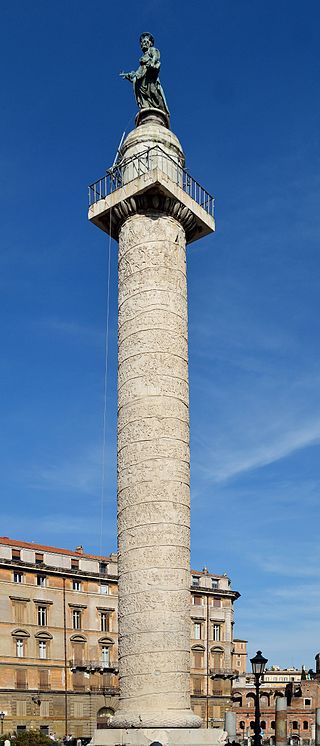
Trajan’s Column, Rome
Source – Wikipedia
Prior to 100 AD, Dacia was a wealthy kingdom, with natural resources of gold, silver, copper and salt, fact that attracted Rome’s envy. It was only a matter of time until the powerful empire of Rome would send its legions to subdue this rich and independent kingdom. It took three major campaigns, almost 2 centuries, and its most capable generals to finally defeat the Dacians, in 106 AD.
The Roman people celebrated Trajan’s triumph in Dacia with the longest and most expensive celebration in their history; it’s said that the celebrations lasted 123 days. The Dacian goldmines helped Rome finance its future military campaigns and continuous expansion, so the Dacian Wars marked the beginning of a period of sustained growth and relative peace in Rome. A year after the victory in Dacia, the people in Rome didn’t pay any taxes, such was the wealth that the empire found in Dacia.
Today, you can still see the powerful impact the Dacians had on the Roman Empire when you visit Rome. Besides Trajan’s Column and Trajan’s Forum, statues of proud Dacian war captives can be found in museums such as Musei Capitolini, Museo dei Conservatori, Musei Vaticani, but also in some of Rome’s most iconic places, like the Villa Borghese, Piazza del Popolo, Arch of Constantine and many others. Almost all the statues had two words written on them: ”Captivus Dacus”. The intriguiding fact is that these statues are portaying proud and strong figures, not what you’d expected of a captive. Most of them are also larger than those of the Roman Emperor Trajan’s and some are made of granite red-porphyry, a material which at the time was under royal monopoly. Why would the Romans put so many statues of captive Dacians even 200 years (the Arch or Constantine is build after 300AD) after their victory in Dacia?
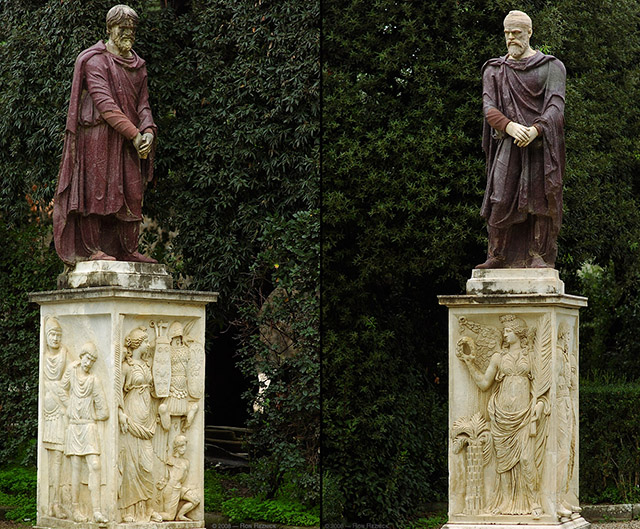
Dacian Prisoners, Boboli Gardens
Source – Digital Images
Another interesting fact we can see on Trajan’s Column is the Dacian “draco”, or the troops’ standard ensign. It’s the head of a wolf attached to a dragon tail, metal tongues coming out of its open jaws. The dragon’s head was hollow, and mounted on a pole with a fabric tube affixed at the rear. When held up into the wind, it filled with air and gave the impression it was alive while making a shrill sound as the wind passed through it. The draco shows a religious syncretism between the wolf and the dragon as well as the serpent.
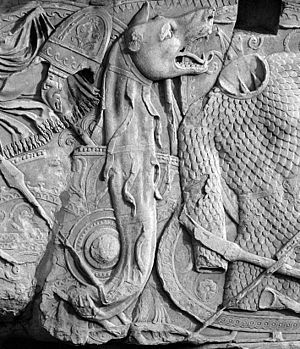
Dacian Draco on Trajan’s Column
Source – Wikipedia
The wolf is the symbolic animal of the Dacians, who also called themselves “wolves”. The legend says they could turn into wolves. Some legends say that a big white wolf fought next to the Dacians when their capital Sarmizegetusa fell to the Romans.
Even if the history of the Dacians is quite evasive and we mostly rely on legends and myths to decipher as much as we can of this intriguing civilization, the truth is they were fierce warriors, but also a diligent people, who thrived in the lands in and around the Carpathian Mountains.
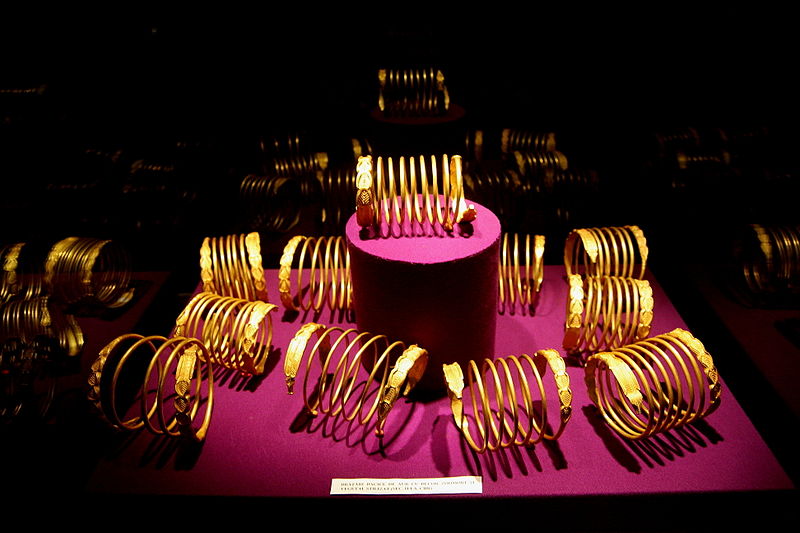
Dacians gold bracelet from Sarmizegetusa Regia, dated the 1st century BC or 1st century AD
Source – Wikipedia

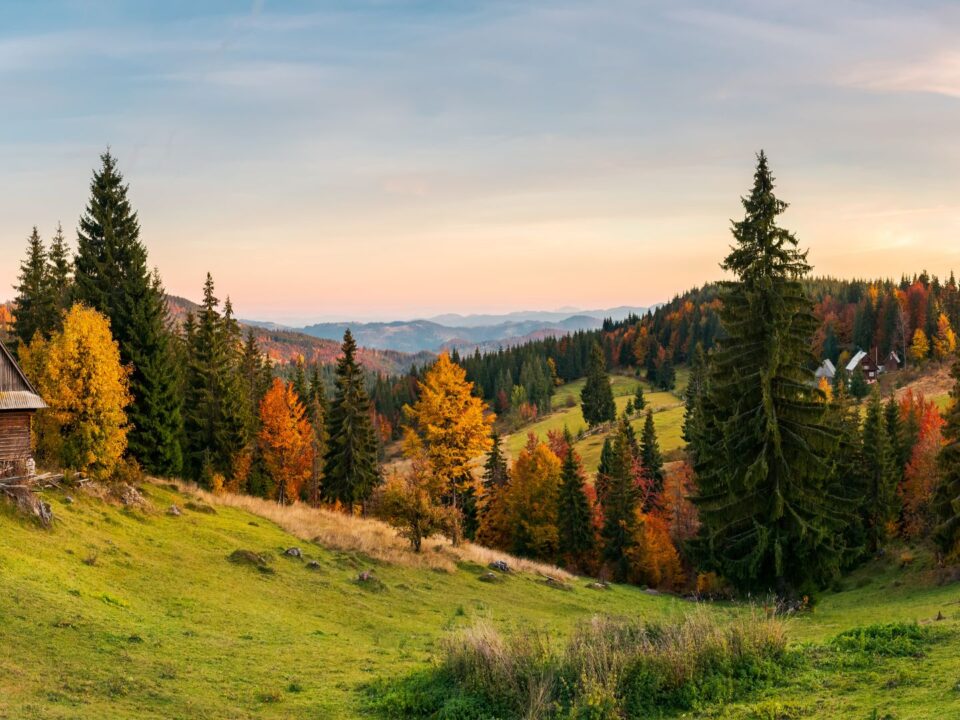
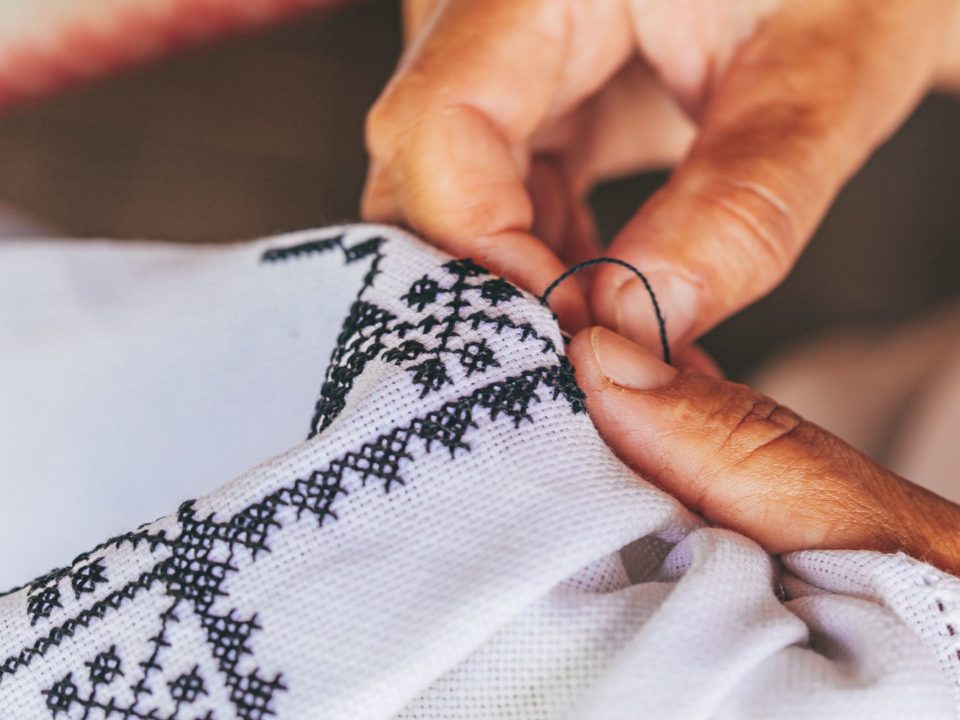
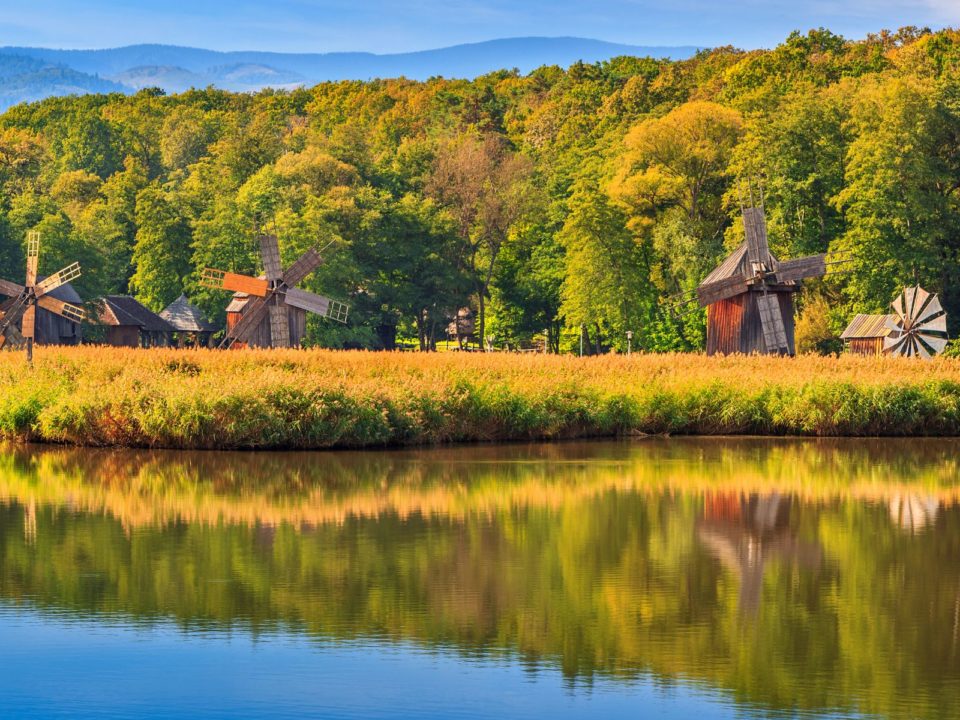

4 Comments
My name is Dhesi. I wonder if there is any link between Dacian Celtic tribe Decies ,Daesi and Gaete,Jut,Jat A large nuber of Jats live in NW india .They came to Sindh in 2 AD and moved northward and eastward. They share characteristics with ancient Gaete or Dacians of Central and Eastern Europe–immortality of soul, soldiering, herdsmen ,boats men Majority of the them still grow their beards and carry sword.They became agriculturist in middle ages. There is no small and big among them When they here they were experts in psychosomatic plant based medicine First they adopted Budhism having similarity to their faith and later Sikhism,also like their faith but with martial tendencies British considered them a martial race and they amply proved their nettle in the western fronts, Africa in the two world wars
Please respond
This article is lovely. Thank you for writing it, I have recently moved to Romania and the Dacian people are really amazing. Romania should be known for a lot more than Dracula for sure.
What a interesting article. I specially liked the part that referred to the wolf dragons. Britons used something similar in the period just after the Romans left, I am led to believe that they were used up until the Anglo Saxon period, if not after then.
Kind regards
Christine Kelly
Christine, thank you for your comment.